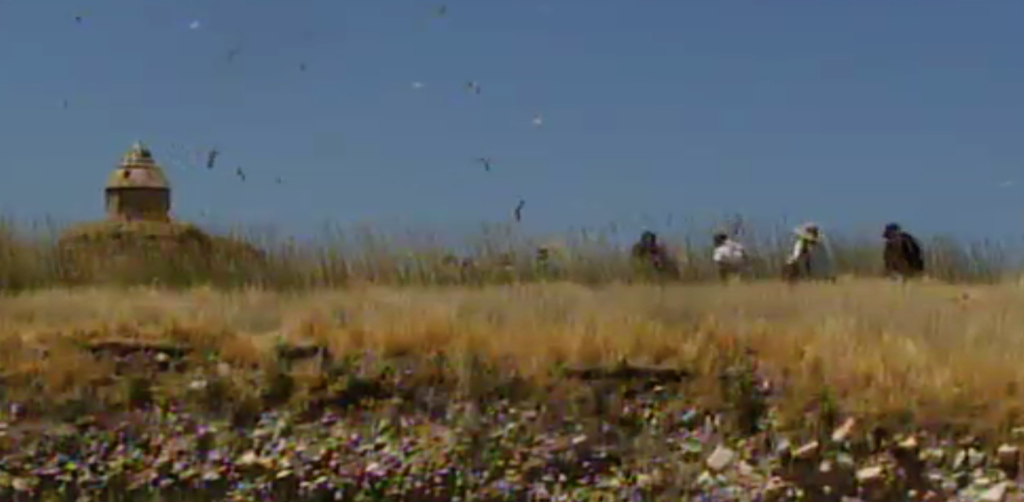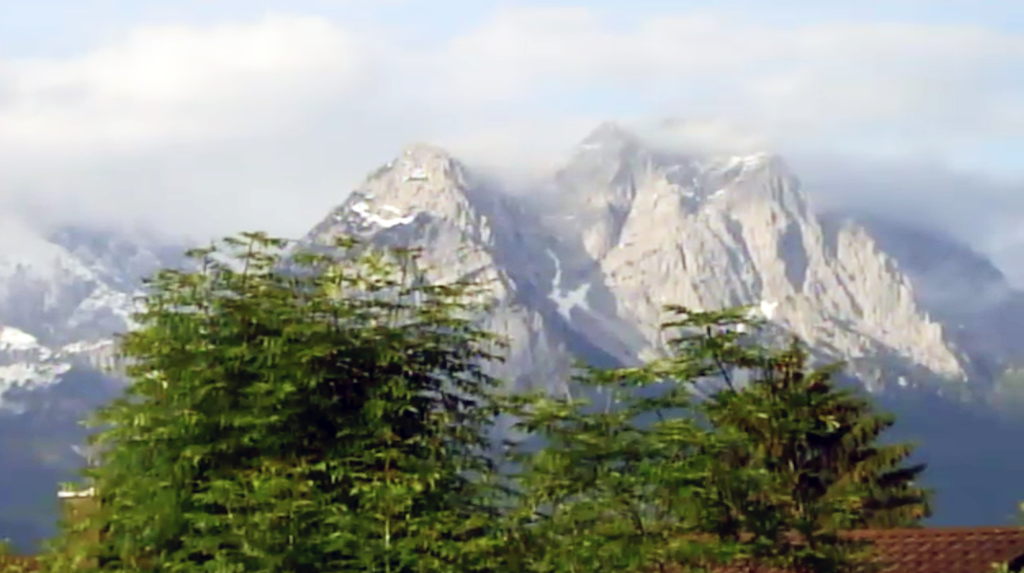The first time Armen Aroyan took a group of Armenians to visit the villages of their ancestors was 1991. At that time, he wasn’t sure if this was a one-time visit, but it came after a few trips he had undertaken with a small group of friends.
“I recognized that visiting these places had special meaning for me. And I thought, why not help others experience the same satisfaction,” says Aroyan, now 74, whose family is from Aintab.
Armen Aroyan has deeded the approximately 400 hours of video recordings to the USC Institute of Armenian Studies to be digitized, indexed, and made available to researchers worldwide.


Aroyan, an engineer by profession, planned that first trip with seven travelers, whom he began to call pilgrims. Over the next 27 years, there were around 100 more trips and 1,480 travelers.
Each trip was recorded in meticulous detail, on videotape. Throughout the years, the quality and accessibility of video developed and Aroyan’s recordings underwent format changes. But the content remained the same: individual travelers reciting, singing, crying, telling stories, sharing bits of Armenian history, and conversing with the local population.
“Given the immense transformation within the Diaspora over the last half century, and the inevitable changes in memories and attitudes, the content of these video recordings – the expressions of emotion, of expectation, of response to loss, of reclaiming belonging – become extremely useful as primary source material for those studying evolving narratives about the Genocide, about Turkey, about the Diaspora, about the transmission of trauma, and about individual transformation,” said Salpi Ghazarian, director of the USC Institute of Armenian Studies.


The differences in how Turks and Kurds in the villages recount their stories, and the changes in how Armenian travelers interact with each place of memory is stark in these videos. “There is an evolution that can be followed, studied and that must be understood. There were many repeat travelers and there are distinct differences in how the same traveler responds to the same places during each trip. The varying responses of travelers of different generations are also valuable. All in all, this is a very specific way of studying inherited memory. It is also a window into understanding relationship to places with which so many identify, but which are unknown and unfamiliar,” said Ghazarian.
Aroyan’s own interpretations of the responses is interesting. “I would tailor each trip itinerary according to the needs of the participants,” he explains. “It was interesting how people’s responses changed over the years – from fear and hesitation, to anticipation and emotional connection. There were pilgrims who came two or three or as many as eight times, and brought along their friends, their adult children. They each took away something different, but they were all ready to share their responses.”


As Turkey’s domestic political situation evolved, so did the nature of the interaction with officials, drivers, local residents. “I knew some Turkish,” Aroyan explains, “And I learned more each year. We could tell when people were hesitant to speak with us, when they felt comfortable acknowledging the history they knew to be true. That progression has also been very useful to observe. They went from curiosity about our motives, to quite straightforwardly talking about the stories they had heard. Much had changed over those three decades.”
The USC Institute of Armenian Studies is dedicated to studying the contemporary Armenian experience, both in the Republic of Armenia and in the Diaspora. Digitizing and providing access to Armen Aroyan’s collection is one piece of the larger Diaspora Documentation & Digitization initiative. The Institute has also begun to create and collect documentation of the World War II Displaced Persons experience. The Institute will also embark on creating and collecting documents and records that depict the building of the Los Angeles Armenian community.










